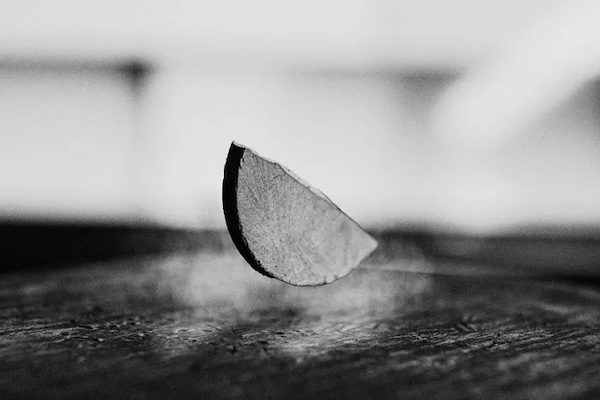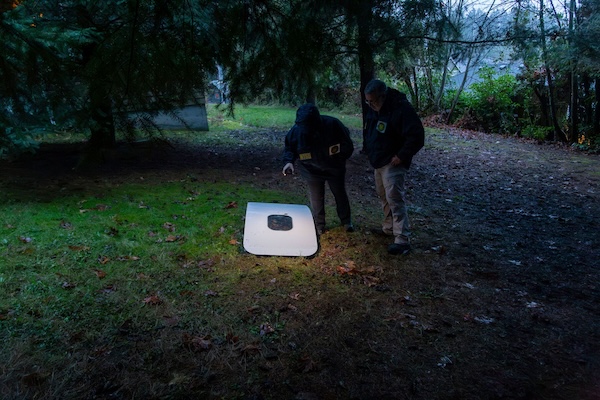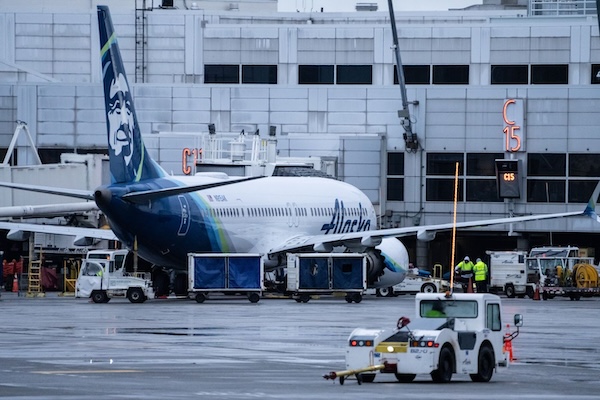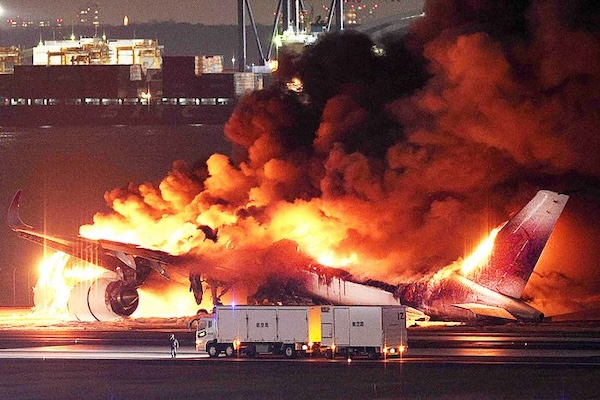To watch Deep Dive MH370 on YouTube, click the image above. To listen to the audio version on Apple Music, Spotify, or Amazon Music, click here.
For a concise, easy-to-read overview of the material in this podcast I recommend my 2019 book The Taking of MH370, available on Amazon.
Ever since Blaine Alan Gibson first crossed my radar screen, half a year before he found “No Step,” I’ve struggled to understand this eccentric character. In the media, he styled himself after Indiana Jones, always wearing a brown fedora. He portrayed himself as an inveterate adventurer and world traveler who before MH370 had pursued any number of quixotic international quests, including an attempt to find the lost ark of the covenant and an expedition to the site of the Tunguska explosion in Siberia. His was a wonderfully appealing persona. After I wrote about him in New York magazine, TV producers started getting in touch with me, hoping I could hook them up with him to pitch reality shows about his life.
He quickly became a central feature of the MH370 story, ubiquitous in media coverage the crash.
After receiving a whirlwind of press attention for “No Step,” his first find, Gibson traveled to Ile Ste Marie, Madagascar, in June accompanied by a crew from France 2 TV. There, accompanied by a film crew, he found yet another piece of aicraft debris.
If it’s remarkable to find a piece of MH370 with TV cameras rolling, imagine doing it twice.
Later that year Gibson was back on Ile Ste Marie, this time with a delegation of MH370 family members and a documentary crew. On the morning of December 8, the group split up and spent the day combing separate areas. The camera crew followed Blaine. Having driven along one stretch of shore on an ATV and found nothing, he turned around and was making his way back when he came upon a piece of debris at the edge of the wet sand. A wave had evidently deposited it within the few minutes since he had passed. “Appears to be Malaysia 370 interior cabin debris,” he declared.
I found it quite extraordinary that a purported piece of MH370 apparently washed up on the shore within half an hour of Blaine’s passing by the spot. The ocean is vast, the number of pieces of MH370 necessarily limited. Bear in mind that Madagascar alone has a coastline of 2300 miles. Consider mainland Africa, the other islands dotted around the region.
The odds of finding a piece of the plane on any given stretch of sand is very small; the odds of finding something that washed ashore within the last half hour must be infinitesmal.
Continue reading Deep Dive MH370 #21: The Mayor of MH370


